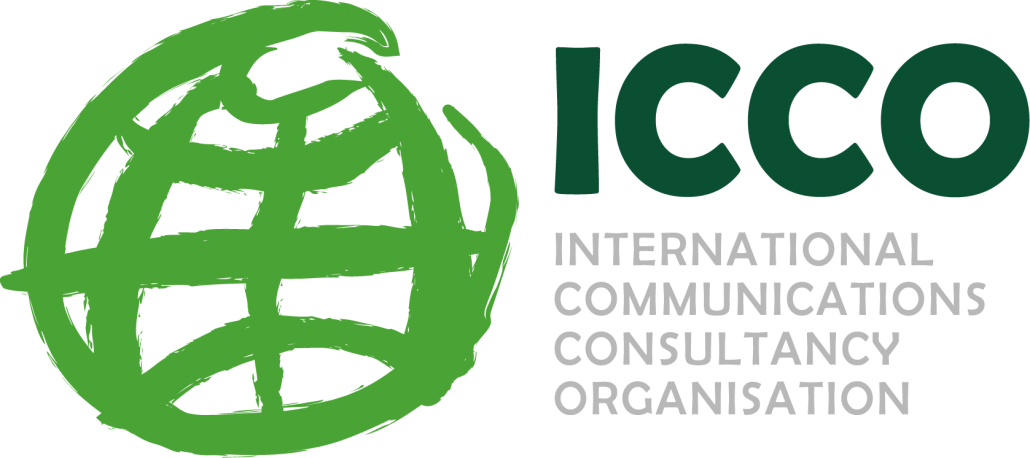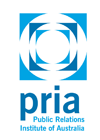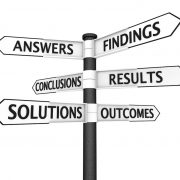An Armchair Conversation to reclaim Public Relations
Written by: Georgia Stephens,

Set in cosy 332 Manhattan café, Canberra, the first PRIA ACT Armchair Conversation took place between two Fellows, Tom Parkes and James Mahoney.
With a glass of red and canapés, Tom interviewed Jim about public relations, in particular the importance of strategic communication. Full of anecdotes and evidence, Jim shared his research findings, experience and advice with a captive audience who left revived about their purpose in professional communication.

Jim recalled a stage in his career when it was a struggle to convince senior practitioners to take a strategic approach to communication – a must for an organisation to succeed.
“The problem for PR practitioners is we tend to have all this accountability but no authority. We need to think strategically and avoid getting drawn into just digital media.”
“For PR to prove their worth to an organisation we need to demonstrate our understanding of how the business operates, pre-empt issues and create a communication strategy that supports an organisation’s short term, midterm and long term horizons.”
Jim believes our current politicians are an example of defaulting to tactics rather than strategy, “Everything they do is for media exposure, their channel, and their short focus – reactive.”

Strategy on the other hand requires analysis about who you want to read the story, and creating the right situation to do it – an environmental scan – one of Jim’s must do’s as a PR practitioner. “You need to be aware of what’s happening all around you. Read the news every morning – watch ABC news of an evening – watch the 7:30pm report tonight. View!”
With his hard hat on, Jim was honest about many topics, including the public sector’s need to begin evaluating properly, starting with smart objectives. “Too many people produce outputs rather than focus on outcomes which requires measurement.”
In summary, Jim’s top advice is:
- Don’t accept the status quo – challenge it;
- Always think strategically; and
- Don’t default to tactics.




.jpg)